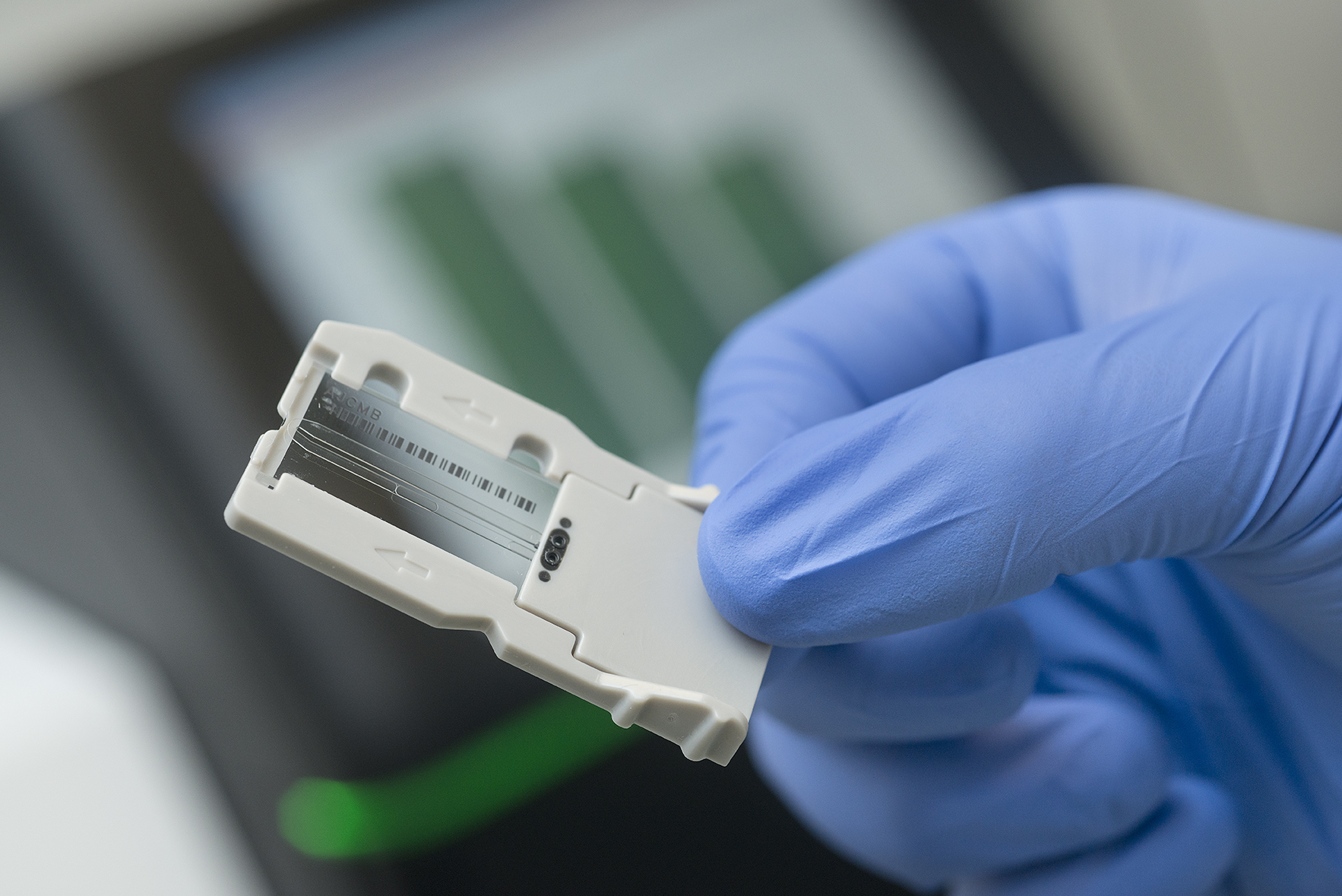Methodology for establishing biomarkers of systemic chronic diseases

During many years of research on malignant diseases, scientists at Fraunhofer ITEM in Regensburg have gained special expertise in analyzing single cells from liquid biopsies. With some minor adjustments, they can apply – and have already applied – the established, partly automated technologies for single-cell DNA and RNA analysis from clinical samples to other cell types in order to characterize these in more detail and to make use of the information thus obtained, for example to identify biomarkers. The Fraunhofer researchers are also using this expertise to identify prognostic biomarkers for Alzheimer’s disease in the project ADIS – Early Diagnosis of Alzheimer's Disease by Immune Profiling of Cytotoxic Lymphocytes and Recording of Sleep Disturbances. Fraunhofer ITEM is one of seven partners in the ADIS project, which is being funded by the EU Joint Program for Neurodegenerative Diseases Research (JPND) for three years with a budget of 1.3 million euros.
 Fraunhofer Institute for Toxicology and Experimental Medicine
Fraunhofer Institute for Toxicology and Experimental Medicine